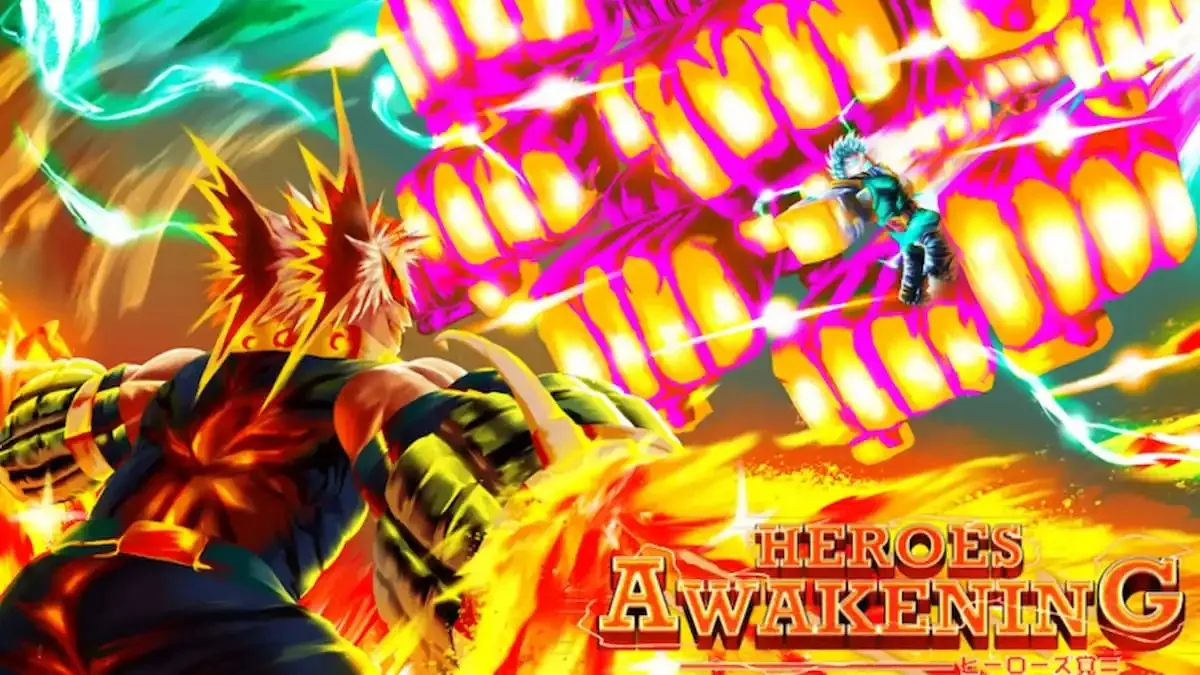
Introduction to the Fast-Push
As the Spring Split of professional League of Legends around the globe gets underway, a strategy that has plagued spectators of these professional matches for a few years now has reared its ugly, boring head again: the lane-swap fast-push.
For those who are unfamiliar with what the lane-swap fast-push entails, it starts when one team initiations a lane swap, sending their duo lane to the top of the map. This creates two 2 v 1 lanes at the top of the map and the bottom. Rather than lose the lane 1 v 2, each team’s top laner will help the jungler with their clear instead, and then both will make their way towards the duo lane, and take the outer tower in that lane.
The duo lanes then recall and head to the other outer lane (either top or bottom) and take the remaining outer tower.
This strategy is problematic for two reasons. It drastically lowers player vs. player interaction for the first chunk of the game, as well as not supplementing that lack of action with any meaningful strategy or stakes. Both of these lower the overall entertainment value of the game, which is troubling as League of Legends approaches major mainstream recognition.
Why it’s Done
The fast-push strategy starts with a lane swap. A lane swap allows a team to avoid a tough laning matchup for either their bottom lane or top lane.
After the lane swap has been enacted, top laners (who are now playing in either the bottom of the map or the top of it) are facing a severe disadvantage in terms of earning gold and experience, due to playing the lane 1v2. On top of this, once the top laner is pushed under the tower, they face a very real risk of being dove under tower and giving up first blood (as well as the tower). For these reasons, the best strategic option for the top laner is to join the jungler and earn gold and experience that way.
With towers representing the biggest chunk of gold possible in the early game, and with no one defending it, taking the tower becomes the best possible strategic choice. The jungler and top laner will help the duo lane knock down the tower, with most teams electing to give all the tower gold to one of their members (usually the ADC or top laner) in order to get them ahead.
After the tower is taken, the duo lane recalls and switches lanes. This is due to two factors: the remaining outer tower holds a huge chunk of gold, and farming in a lane where you’ve already taken the tower will leave you overextended and susceptible to ganks. The duo lanes then take the remaining tower, and the rest of the game begins.

Why it’s Bad for Professional League of Legends as a Strategic Game
The most critical point to understanding the problem with the fast push is that once the lanes have been swapped, mirroring the fast-push becomes the best strategic choice in almost all scenarios. This is due to a number of factors: the top laner’s inability to hold the tower against four players, the huge chunk of gold that towers offer, and the lack of other meaningful objectives on the map during the early game.
Riot themselves have previously come out and said that lane swaps needs to have meaningful consequences, all the way back in the patch notes of patch 4.1:
“…we want to tackle the 2v1 lane swaps that many competitive teams have adopted in order to shut down enemy laners while also taking quick objectives. Initiating a 2v1 lane swap to shut down an opponent should have inherent risks, like leaving your bottom tower vulnerable to early pushes.”
Riot then reverted the changes meant to add strategic choices to the fast-push, and haven’t really talked about it since.
Limited strategic options are bad for strategic games; that much should be obvious. The fast-push strategy, in its current state, goes against that idea of strategic choice, and limits the options of one team completely.

Why it’s Bad For Professional League of Legends as a Spectator Sport
League of Legends and most other esports have seen considerable growth in viewers and mainstream recognition in the past few years, as fans (and increasingly, non-fans) know well. More people watched the most recent League of Legends World Championship than the NBA Finals or the World Series, two of the biggest sporting events in the United States. ESPN, the premier American sports network, has hugely expanded their esports coverage in the past year, and has been a recurring topic on many of their prime-time sports coverage shows.
It can be argued that the next few years are crucial for competitive League of Legends. The budding interest in the scene from sponsors and mainstream news networks represents an opportunity for extreme growth.
To accomplish this, it’s important that competitive League of Legends is in top-shape for new viewers, and the dullness of the fast-push opening to a game isn’t doing the game’s growth any favors. It’s not only non-interactive (with only the mid laners interacting with an opposing player), but that lack of direct interaction isn’t being supplemented by strategy or stakes.
For example, “base races”, which are incredibly tense and exciting, are almost identical (in levels of player interaction) as the fast-push. However, the threat of the game ending creates stakes in the decision, and the choice to continue the push or recall and defend represents real strategy from each team.
League of Legends is a game that, although easy to watch, is very hard to understand. I’m not advocating for making the game “dumbed down”, and I think the complexity of strategy is what keeps long-time fans coming back to the game. Fast-pushing should stay viable as a strategy, but the opposing team should have options to respond in a way that isn’t mirroring the fast push.
What Can Be Done
As listed earlier, there are a few aspects of the game currently that make fast-pushing turrets the optimal strategy once one team successfully switches lanes: the huge amount of gold granted for destroying towers, the inability for top laners to hold a tower 1 v 4, and the lack of other meaningful objectives during the early game. I am by no means a balance expert, so what follows is just a few suggestions, to spark some conversation. Don’t expect to see them in patch notes any time soon.

The Towers
The first aspect of the current meta, the amount of gold in towers, is a hard problem to fix. Tower gold makes them meaningful objectives on the map, something that adds to the strategy of the game. Reducing the amount of gold they award may leave them in a similar state to the current dragon: an objective that you take when you have nothing better to do.
A creative solution would be to award gold according to how many champions are needed to take down the tower. Currently, towers grant a small amount of global gold, and local gold based on the champions that are near the turret when it’s destroyed. This allows teams to funnel gold into a specific champion. A better system may be that only champions who damaged the turret receive gold, and less gold is rewarded for each additional champion that damages the turret. Outer turrets become easier to take as the game progresses, and having a meaningful choice between less gold earlier or more gold later might be enough to introduce strategic options when a team starts fast-pushing.
This would also add power to split-pushing, so perhaps it’s not the best choice without an accompanying change. My choice would be the return of the slow and damage reductions taken away in patch 5.12, but obviously this would take some closer inspection and playtesting.

The Dragon
For much of League of Legends competitive play, the dragon represented the downside to lane swapping. Losing dragon control often put you in a gold deficit, which meant that lane swapping to protect a fragile carry meant giving up some ground strategically.
Riot has changed the way dragon works in order to prevent early game advantages becoming impossible for other teams to overcome. It now gives much less gold, is stronger than it used to be, and the buffs it offers instead aren’t very valuable early game. The strategic benefit of getting the first dragon lies in the possibility of five dragons, which grants an extremely powerful buff. However, shorter game times, as well as the difficulty in getting five dragons if the enemy team gets even one, lowers the value of the first dragon drastically.
If Riot doesn’t want to put more early game snowball potential into the dragon, perhaps a faster respawn rate for dragon is the answer. If the five dragon buff can be achieved easier, then the first dragon becomes more important, and the team facing the lane swap now have strategic choice in how they react.
The Buffs
While often overlooked as objectives, the red and blue buffs are very powerful, especially in the early game. During most fast-pushes, junglers will start on the side away from their duo lane, picking up both buffs while heading towards the tower to take it.
If the red and blue buffs were, well, buffed, it would represent another early-game objective to add strategic choice. Junglers would have to worry about invades much more, making junglers who are planning on fast pushing have to risk their second buff being invaded once the other jungler sees the lane swap, or alter their jungle pathing and miss out on a big chunk of gold and experience.
In order to buff the buffs without adding tons of strength to junglers in normal laning scenarios, a stacking buff is in order. If there were a bonus for having a red or blue buff and earning another in a short period of time, it would create a risk for the jungler playing so predictably. In return, it would also add risk to invading, as dying and giving over your buffs now puts the enemy jungler even farther ahead.
This change would also add a ton of power to strong early-game junglers in normal (non-lane-swap) scenarios, so this wouldn’t be my first choice, although it does add some serious incentive to plan and coordinate invades, more of that strategic choice that I love to gush about.
Closing Thoughts
League of Legends is still doing fine. The numbers for the first two weeks of LCS weren’t significantly lower overall, so it’s safe to say that the fast-push strategy still hasn’t ruined the game entirely. However, it’s important to call attention to situations where the game can be improved, both for the players and for the fans, especially at a key point in the development of the scene.
The fast-push strategy is only going to get more grating and un-engaging the longer it lasts, and a fix should be worked on sooner rather than later. Hopefully that fix keeps the fast-push as a viable strategy, but adds much more choice and importance to the early game.







